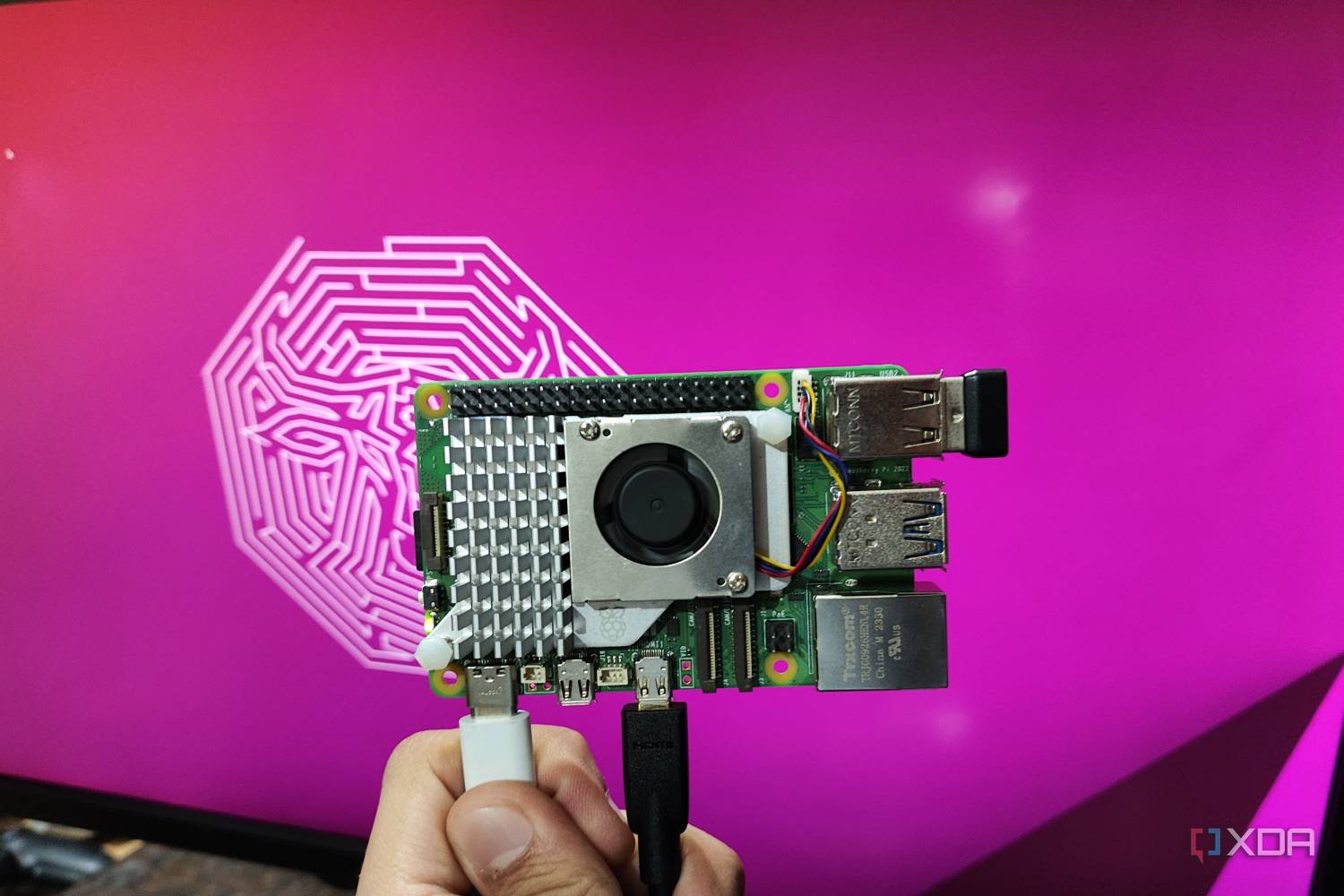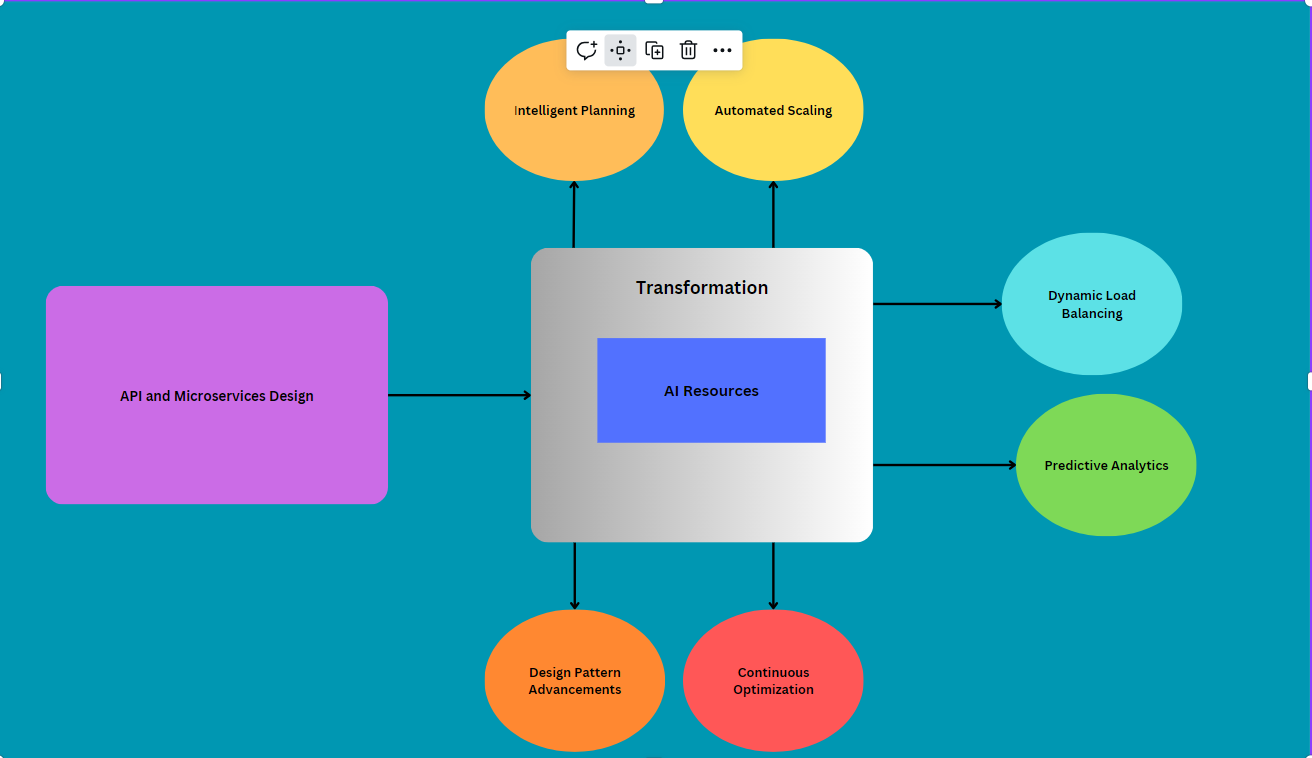
Generative AI will turn cybercriminals into better con artists. AI will help attackers to craft well-written, convincing phishing emails and websites in different languages, enabling them to widen the nets of their campaigns across locales. We expect to see the quality of social engineering attacks improve, making lures more difficult for targets and security teams to spot. As a result, we may see an increase in the risks and harms associated with social engineering – from fraud to network intrusions. ... AI is driving the democratisation of technology by helping less skilled users to carry out more complex tasks more efficiently. But while AI improves organisations’ defensive capabilities, it also has the potential for helping malicious actors carry out attacks against lower system layers, namely firmware and hardware, where attack efforts have been on the rise in recent years. Historically, such attacks required extensive technical expertise, but AI is beginning to show promise to lower these barriers. This could lead to more efforts to exploit systems at the lower level, giving attackers a foothold below the operating system and the industry’s best software security defences.
Get the Value Out of Your Data

A robust data strategy should have clearly defined outcomes and measurements in place to trace the value it delivers. However, it is important to acknowledge the need for flexibility during the strategic and operational phases. Consequently, defining deliverables becomes crucial to ensure transparency in the delivery process. To achieve this, adopting a data product approach focused on iteratively delivering value to your organization is recommended. The evolution of DevOps, supported by cloud platform technology, has significantly improved the software engineering delivery process by automating development and operational routines. Now, we are witnessing a similar agile evolution in the data management area with the emergence of DataOps. DataOps aims to enhance the speed and quality of data delivery, foster collaboration between IT and business teams, and reduce the associated time and costs. By providing a unified view of data across the organization, DataOps enables faster and more confident data-driven decision-making, ensuring data accuracy, up-to-datedness, and security. It automates and brings transparency to the measurements required for agile delivery through data product management.
Exposure to new workplace technologies linked to lower quality of life

Part of the problem is that IT workers need to stay updated with the newest tech
trends and figure out how to use them at work, said Ryan Smith, founder of the
tech firm QFunction, also unconnected with the study. The hard part is that new
tech keeps coming in, and workers have to learn it, set it up, and help others
use it quickly, he said. “With the rise of AI and machine learning and the
uncertainty around it, being asked to come up to speed with it and how to best
utilize it so quickly, all while having to support your other numerous IT tasks,
is exhausting,” he added. “On top of this, the constant fear of layoffs in the
job market forces IT workers to keep up with the latest technology trends in
order to stay employable, which can negatively affect their quality of life.”
... “As IT has become the backbone of many businesses, that backbone is key to
the businesses operations, and in most cases revenue,” he added. “That means
it’s key to the business’s survival. IT teams now must be accessible 24 hours a
day. In the face of a problem, they are expected to work 24 hours a day to
resolve it. ...”
6 best operating systems for Raspberry Pi 5

Even though it has been nearly seven years since Microsoft debuted Windows on
Arm, there has been a noticeable lack of ARM-powered laptops. The situation is
even worse for SBCs like the Raspberry Pi, which aren’t even on Microsoft’s
radar. Luckily, the talented team at WoR project managed to find a way to
install Windows 11 on Raspberry Pi boards. ... Finally, we have the Raspberry
Pi OS, which has been developed specifically for the RPi boards. Since its
debut in 2012, the Raspberry Pi OS (formerly Raspbian) has become the
operating system of choice for many RPi board users. Since it was hand-crafted
for the Raspberry Pi SBCs, it’s faster than Ubuntu and light years ahead of
Windows 11 in terms of performance. Moreover, most projects tend to favor
Raspberry Pi OS over the alternatives. So, it’s possible to run into
compatibility and stability issues if you attempt to use any other operating
system when attempting to replicate the projects created by the lively
Raspberry Pi community. You won’t be disappointed with the Raspberry Pi OS if
you prefer a more minimalist UI. That said, despite including pretty much
everything you need to use to make the most of your RPi SBC, the Raspberry Pi
OS isn't as user-friendly as Ubuntu.
Speaking without vocal cords, thanks to a new AI-assisted wearable device

The breakthrough is the latest in Chen's efforts to help those with
disabilities. His team previously developed a wearable glove capable of
translating American Sign Language into English speech in real time to help
users of ASL communicate with those who don't know how to sign. The tiny new
patch-like device is made up of two components. One, a self-powered sensing
component, detects and converts signals generated by muscle movements into
high-fidelity, analyzable electrical signals; these electrical signals are
then translated into speech signals using a machine-learning algorithm. The
other, an actuation component, turns those speech signals into the desired
voice expression. The two components each contain two layers: a layer of
biocompatible silicone compound polydimethylsiloxane, or PDMS, with elastic
properties, and a magnetic induction layer made of copper induction coils.
Sandwiched between the two components is a fifth layer containing PDMS mixed
with micromagnets, which generates a magnetic field. Utilizing a soft
magnetoelastic sensing mechanism developed by Chen's team in 2021, the device
is capable of detecting changes in the magnetic field when it is altered as a
result of mechanical forces—in this case, the movement of laryngeal
muscles.
We can’t close the digital divide alone, says Cisco HR head as she discusses growth initiatives
At Cisco, we follow a strengths-based approach to learning and development,
wherein our quarterly development discussions extend beyond performance
evaluations to uplifting ourselves and our teams. We understand that a
one-size-fits-all approach is inadequate. To best play to our employees'
strengths, we have to be flexible, adaptable, and open to what works best for
each individual and team. This enables us to understand individual employees'
unique learning needs, enabling us to tailor personalised programs that
encompass diverse learning options such as online courses, workshops,
mentoring, and gamified experiences, catering to diverse learning styles. As a
result, our employees are energized to pursue their passions, contributing
their best selves to the workplace. Measuring the quality of work, internal
movements, employee retention, patents, and innovation, along with engagement
pulse assessments, allows us to gauge the effectiveness of our programs. When
it comes to addressing the challenge of retaining talent, it's essential for
HR leaders to consider a holistic approach.
Vector databases: Shiny object syndrome and the case of a missing unicorn

What’s up with vector databases, anyway? They’re all about information
retrieval, but let’s be real, that’s nothing new, even though it may feel like
it with all the hype around it. We’ve got SQL databases, NoSQL databases,
full-text search apps and vector libraries already tackling that job. Sure,
vector databases offer semantic retrieval, which is great, but SQL databases
like Singlestore and Postgres (with the pgvector extension) can handle
semantic retrieval too, all while providing standard DB features like ACID.
Full-text search applications like Apache Solr, Elasticsearch and OpenSearch
also rock the vector search scene, along with search products like Coveo, and
bring some serious text-processing capabilities for hybrid searching. But
here’s the thing about vector databases: They’re kind of stuck in the
middle. ... It wasn’t that early either — Weaviate, Vespa and Mivlus were
already around with their vector DB offerings, and Elasticsearch, OpenSearch
and Solr were ready around the same time. When technology isn’t your
differentiator, opt for hype. Pinecone’s $100 million Series B funding was led
by Andreessen Horowitz, which in many ways is living by the playbook it
created for the boom times in tech.
The Role of Quantum Computing in Data Science
Despite its potential, the transition to quantum computing presents several
significant challenges to overcome. Quantum computers are highly sensitive to
their environment, with qubit states easily disturbed by external influences –
a problem known as quantum decoherence. This sensitivity requires that quantum
computers be kept in highly controlled conditions, which can be expensive and
technologically demanding. Moreover, concerns about the future cost
implications of quantum computing on software and services are emerging.
Ultimately, the prices will be sky-high, and we might be forced to search for
AWS alternatives, especially if they raise their prices due to the
introduction of quantum features, as it’s the case with Microsoft banking
everything on AI. This raises the question of how quantum computing will alter
the prices and features of both consumer and enterprise software and services,
further highlighting the need for a careful balance between innovation and
accessibility. There’s also a steep learning curve for data scientists to
adapt to quantum computing.
AI-Driven API and Microservice Architecture Design for Cloud

Implementing AI-based continuous optimization for APIs and microservices in
Azure involves using artificial intelligence to dynamically improve
performance, efficiency, and user experience over time. Here's how you can
achieve continuous optimization with AI in Azure:Performance monitoring:
Implement AI-powered monitoring tools to continuously track key performance
metrics such as response times, error rates, and resource utilization for APIs
and microservices in real time. Automated tuning: Utilize machine learning
algorithms to analyze performance data and automatically adjust configuration
settings, such as resource allocation, caching strategies, or database
queries, to optimize performance. Dynamic scaling: Leverage AI-driven
scaling mechanisms to adjust the number of instances hosting APIs and
microservices based on real-time demand and predicted workload trends,
ensuring efficient resource allocation and responsiveness. Cost optimization:
Use AI algorithms to analyze cost patterns and resource utilization data to
identify opportunities for cost savings, such as optimizing resource
allocation, implementing serverless architectures, or leveraging reserved
instances.
4 ways AI is contributing to bias in the workplace

Generative AI tools are often used to screen and rank candidates, create
resumes and cover letters, and summarize several files simultaneously. But AIs
are only as good as the data they're trained on. GPT-3.5 was trained on
massive amounts of widely available information online, including books,
articles, and social media. Access to this online data will inevitably reflect
societal inequities and historical biases, as shown in the training data,
which the AI bot inherits and replicates to some degree. No one using AI
should assume these tools are inherently objective because they're trained on
large amounts of data from different sources. While generative AI bots can be
useful, we should not underestimate the risk of bias in an automated hiring
process -- and that reality is crucial for recruiters, HR professionals, and
managers. Another study found racial bias is present in facial-recognition
technologies that show lower accuracy rates for dark-skinned individuals.
Something as simple as data for demographic distributions in ZIP codes being
used to train AI models, for example, can result in decisions that
disproportionately affect people from certain racial backgrounds.
Quote for the day:
"The most common way people give up
their power is by thinking they don't have any." --
Alice Walker
No comments:
Post a Comment